Student Academic Facilities
Located in the heart of Brooklyn on Clarkson Avenue in East Flatbush, visitors will find the campus of SUNY Downstate Health Sciences University. The Academic facilities are a short subway ride away on the number 2 or the 5 trains to the Winthrop Street station. University facilities provide key infrastructure support to the medical school learning environment.
Public Health Academic Building (PHAB)
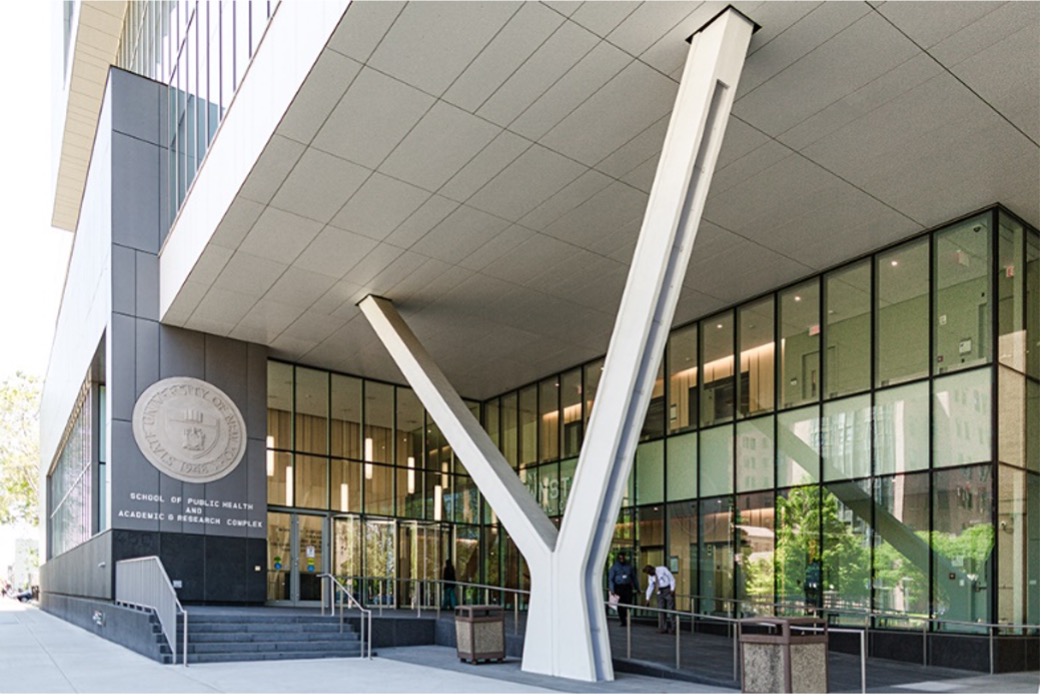
Public Health Academic Building was designed to offer our students and faculty learning spaces with state-of-the-art technology, clinical simulation suite, enhanced study and group spaces.
Medical Research Library of Brooklyn
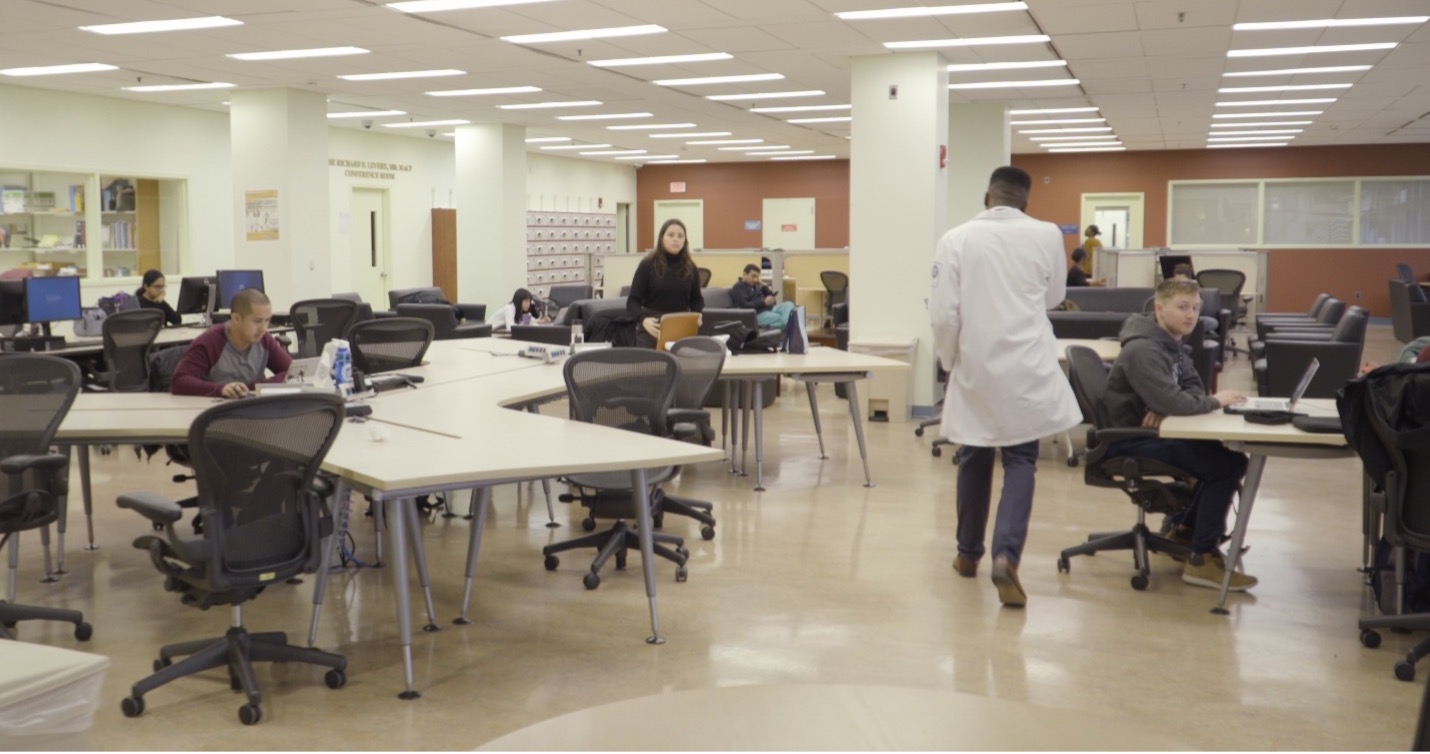
The Medical Research Library of Brooklyn was renovated in 2020. The Library was transformed from a traditional book repository and updated to better serve in-person, collaborative learning. The Library Information Commons is open 24/7 and has a designated eating area as well as collaborative learning spaces and individual carrels for private study. The second floor is a designated silent study area and also caters to group study.
Basic Science Building (BSB)
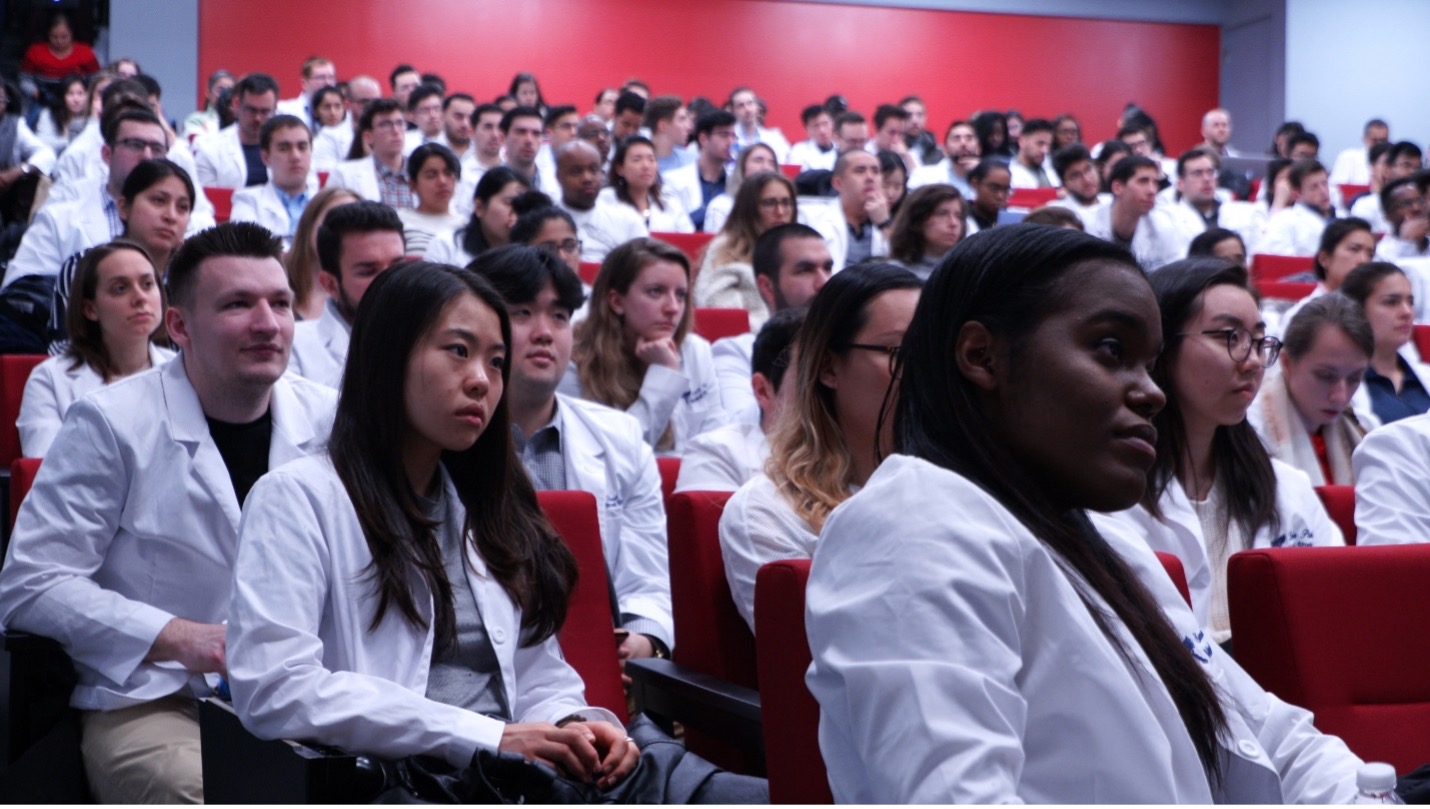
This eight-story building has four large lecture halls on the first, second, fourth and sixth floor. This building is also used for academic meetings, and faculty research labs. Research is an integral part of a Downstate education. In 1998, one of its faculty in physiology and pharmacology, Dr. Robert F. Furchgott, received the Nobel Prize for medical research.
Health Science Education Building (HSEB)
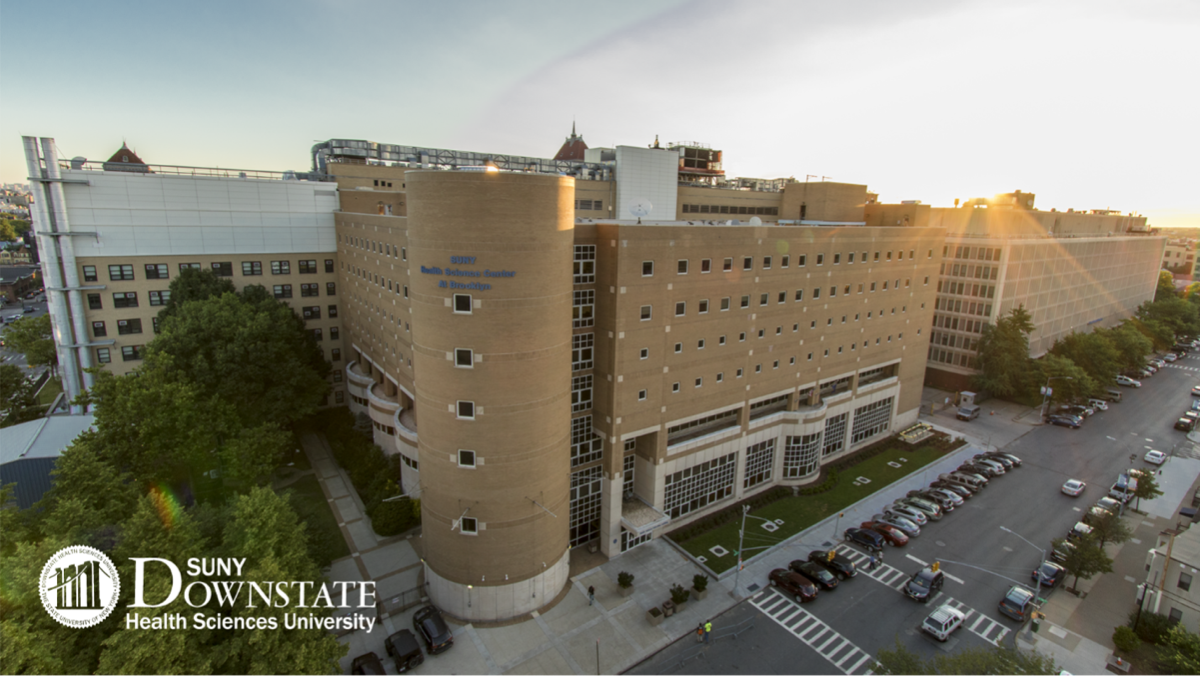
The Health Science Education Building (HSEB) houses classrooms, laboratories, and the Medical Research Library of Brooklyn. Included in the HSEB are two floors of small-group instruction/study rooms, commonly referred to as “carrels”, which serve as home base for medical students during their first two years. All carrels are equipped with a desk, secure storage space, and data ports.
University Hospital Brooklyn (UHD)
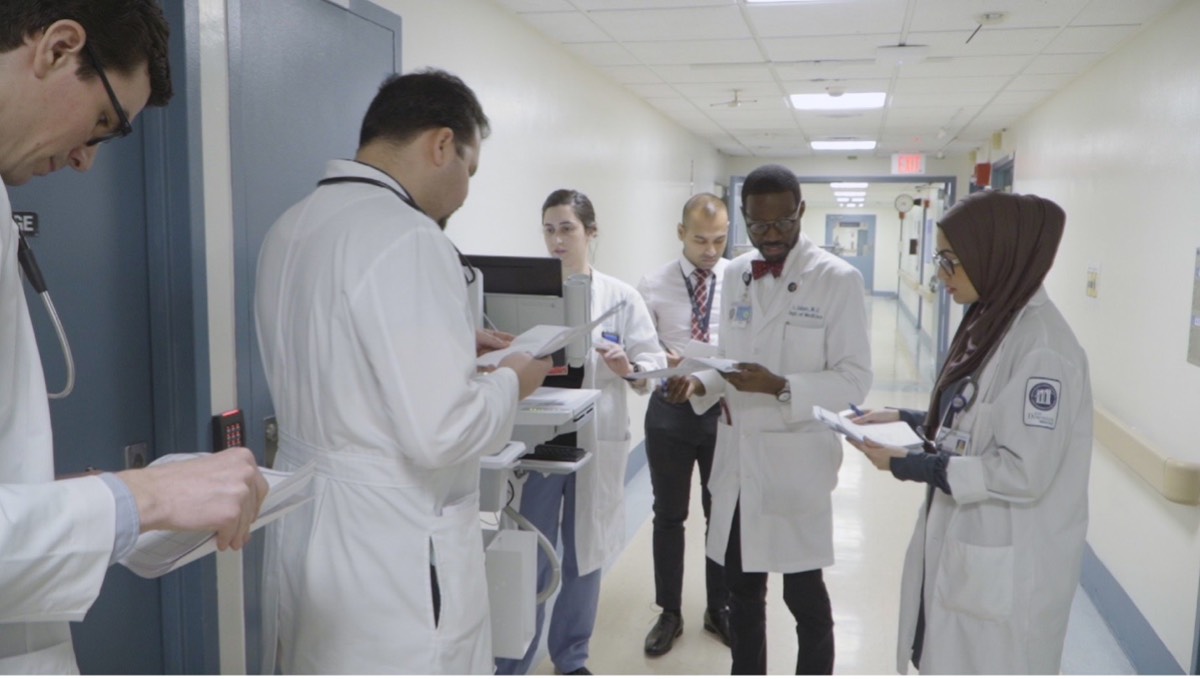
University Hospital at Downstate (UHD) is the hospital within SUNY Downstate Health Sciences University. The College of Medicine emphasizes the power of the learning experiences that the clinical environment offers and relies on a diverse network of affiliated teaching hospitals to provide these experiences for our students and residents. The patients who the students see present with an unparalleled range of clinical conditions and ethnic and social backgrounds, reflecting the diversity of the communities served—a diversity that is also reflected in the attendings and medical staff who serve as role models and instructors.